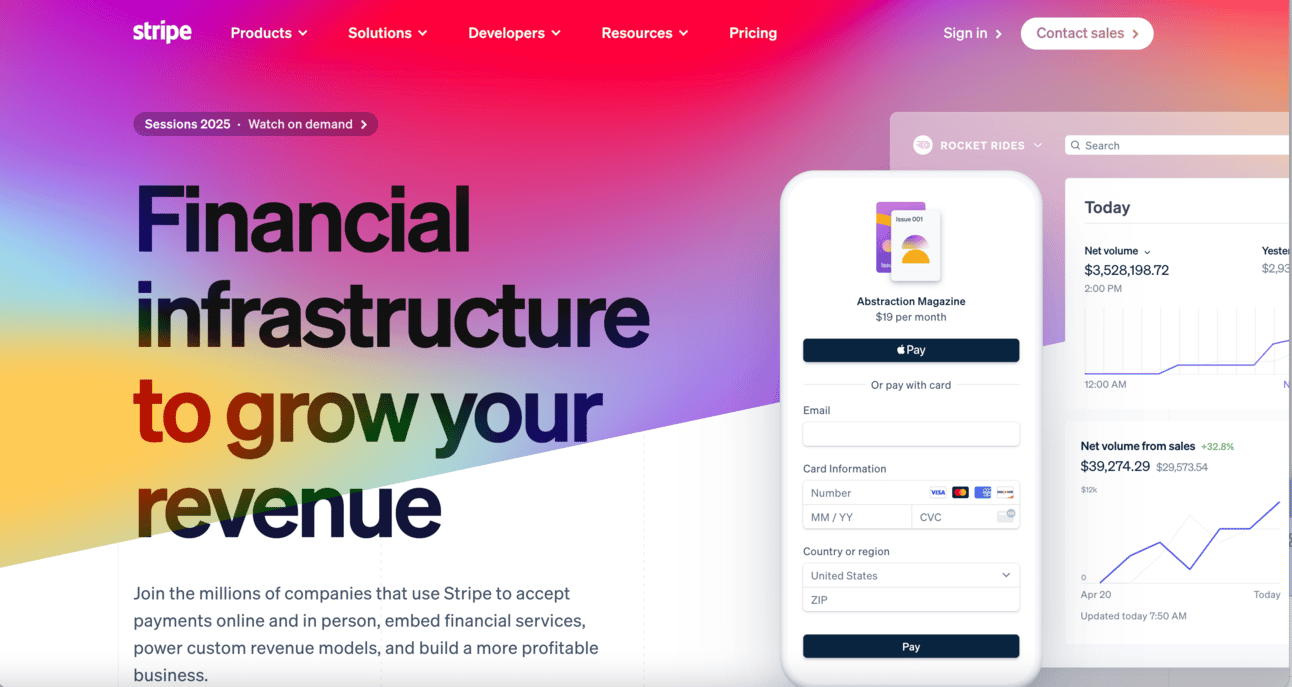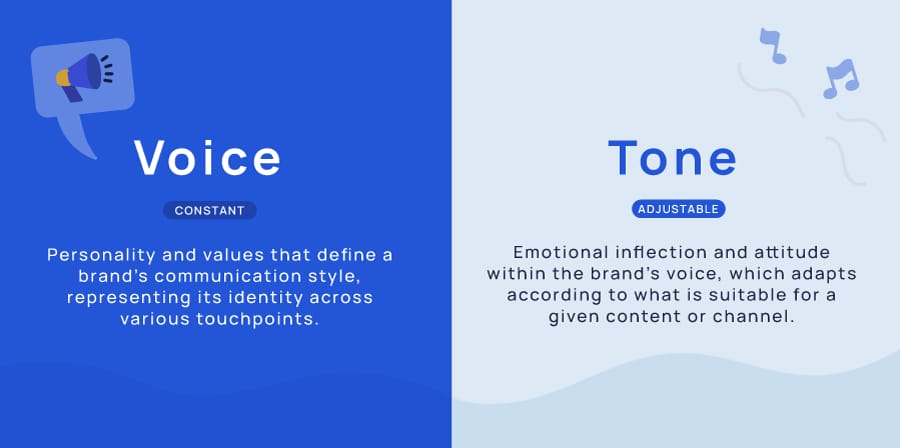- Minimum Viable Brand
- Posts
- Brand Voice vs. Brand Tone: What’s the Difference?
Brand Voice vs. Brand Tone: What’s the Difference?
And why the distinction matters more than you think.

Try inFlow Free—$499 Off for a Limited Time
Get started for free and see how simple inventory management can be.
inFlow helps you stay on top of inventory, track costs with precision, and protect your bottom line.
You’ll always know how much you’re spending, what you’re making, and where you can save.
It also simplifies inventory, orders, shipping, and barcode scanning in one easy-to-use system—rated “easy to use” by 93% of users.
Rated 4.6 stars across 500+ reviews on Capterra and named a top pick in multiple competitive comparisons
inFlow connects with Shopify, Amazon, QuickBooks, UPS, and 90+ other tools, so everything works together without the manual work.
Try it free and, for a limited time, save $499 when you upgrade with code EASY499.
An inFlow specialist can show you how to simplify inventory from day one
✅ See how others are navigating change in our case studies
🚀 Compare plans on our pricing page
Voice vs. Tone
Voice and tone are two of the most misunderstood elements in early-stage branding—and two of the most important.
Get them wrong, and your startup sounds generic, inconsistent, or out of touch. Get them right, and your messaging lands with clarity, authenticity, and trust across every touchpoint.
But what exactly is voice and tone?
Are they the same thing—in other words, interchangeable? Or do they carry distinct and different meanings…and purposes?
Let’s clear it up: if your brand is the who—the personality—then your voice is how that personality talks: consistent, authentic, unmistakably yours. Tone is how that personality adapts to different moments—confident in your pitch deck, empathetic in customer support, enthusiastic on social media.
It’s a small distinction. But getting it right can make a big difference in how your startup shows up and earns trust with consistency.
Let’s go deeper.
Voice: The Constant
Your brand voice is the consistent personality your company expresses through words. It should sound like one person—even as different people write content, post on socials, or build decks.
Think of it like this: if your brand were a character in a movie, how would they talk? Witty? Calm? Direct? Nerdy? Glamorous? Would they use metaphors? Occasionally drop slang? Speak in clipped bursts or flowing paragraphs?
The most effective voice decisions aren’t based on what “sounds cool.” They’re rooted in your audience, your category, and your positioning. Here are a few different startups and their take on it:
Wistia sounds clever and approachable—because they’re helping marketers demystify video.
Stripe sounds precise and understated—because they’re building financial infrastructure.
Oatly sounds quirky and irreverent—because it’s challenging norms in a sleepy category: oat milk.
Each one has a distinct voice. And because it’s consistent across all their touchpoints, you trust that what you’re reading is them—not some third party or freelancer writing on their behalf.
Your brand needs the same clarity. One voice, everywhere: your website, product UI, email drip, social captions, and even your error messages.

From day one, Stripe chose a brand voice as precise, efficient, and discreet as its software—reflecting its focus on reliability and quiet infrastructure.
Tone: The Context Switcher
If voice is your brand’s personality, tone is its emotional range.
It changes depending on the moment, the message, and the mindset of your audience—while staying true to your voice. Think of tone as the modulation, not the message.
Let’s say your brand voice is confident, clear, and supportive. Here’s how that might show up in different contexts:
In a welcome email, the tone might be warm and excited.
“We’re so glad you’re here. Let’s build something great together.”In a billing issue response, the tone might shift to calm and respectful.
“Thanks for flagging this. We’ve reviewed your account and made the fix—no further action needed on your end.”
Same voice. Different tones. Each appropriate to the emotional state of the user at that moment.
Here’s another example. Imagine your brand is witty, optimistic, and no-nonsense:
On your homepage, you might say:
“Build faster. Launch smarter. Sleep better.”In a downtime notification, you might say:
“Heads up—our servers needed a nap. We’re already on it and will keep you posted.”
Again: same voice, different tone. Because great brands don’t just sound like themselves—they adjust to the room.
Why does tone matter?
Imagine sending a "Congratulations on your purchase!” email to a customer who just contacted support about a billing error. Or posting an upbeat social media update while your servers are down and customers are frustrated.
That's what happens when you ignore tone—you sound like a robot that can't read the room.
The best brands know that tone is about emotional intelligence at scale. Buffer's social media team goes quiet during major news events, then returns with thoughtful commentary. Zoom adopted a more serious, reassuring tone during the pandemic while maintaining their core friendly voice. They understood that the same personality can—and should—show up differently depending on the moment.
Master tone, and your brand feels empathetic and aware. Ignore it, and every message risks landing as awkward, insensitive, or completely out of touch.

Voice is your brand’s personality. Tone is how it shows up for different moments. Mastering both is key to consistent, resonant communication.
Build Your Voice + Tone Guide in 4 Steps
So now you’re convinced that this “voice and tone” stuff is important. “Where do I start?” you ask. Start small. Build a voice + tone document that actually helps your team create content with clarity. Here’s the step-by-step:
Define your voice in 2–3 adjectives
The more distinct and specific, the better. Deeper adjectives like “Empowering” and “irreverent” tell us something and give direction. “Professional” and “modern?” Not so much.Give real examples of that voice in action
Include before-and-afters of headline copy, support messages, or product UI. Show what your brand would actually say.Create tone guidance by context
Write down how your voice shows up differently in situations like onboarding, errors, launch announcements, or support replies.Make it accessible and easy to use
Your team should reference it often—so ditch any unnecessary jargon and focus on examples they can steal and adapt.
Final Thought
Your voice is your identity in words. Your tone is how that identity adapts to the real world.
Master both, and every word you write—from investor emails to customer support—carries the same unmistakable DNA. Your brand stops sounding like everyone else and starts sounding, unmistakably, like you.
The companies that cut through the noise don't just communicate clearly. They communicate with identity and purpose.
Make it count.
Best,
Edwin
What did you think about this week's newsletter? |

